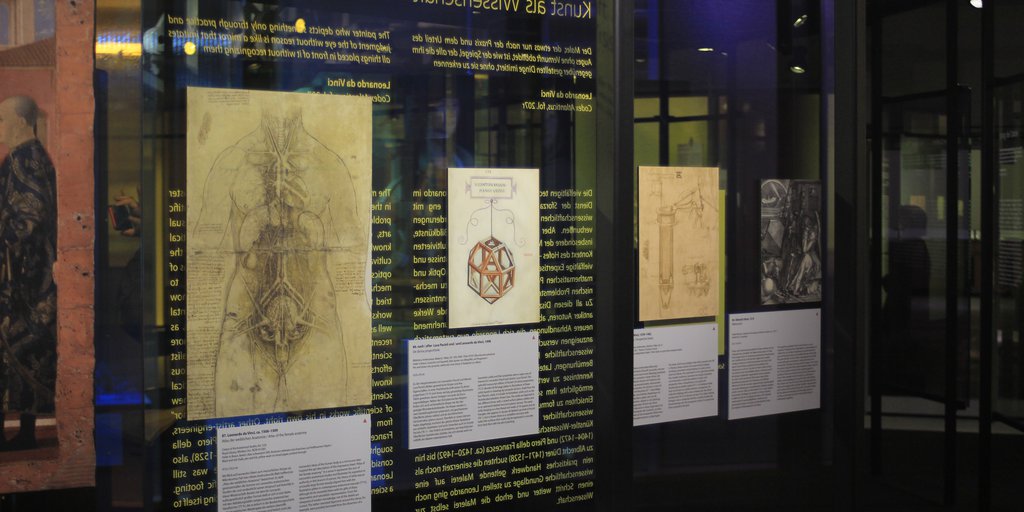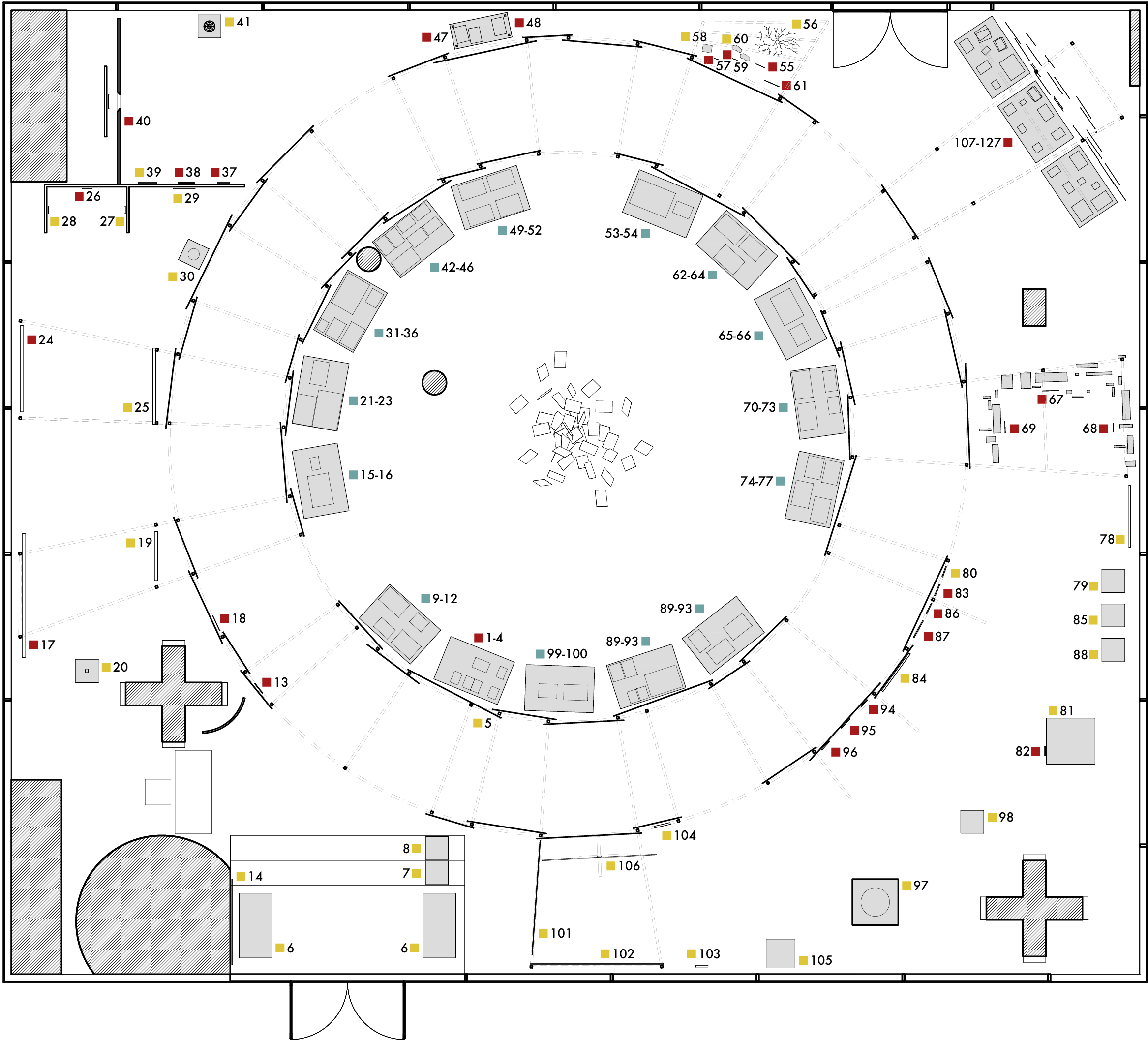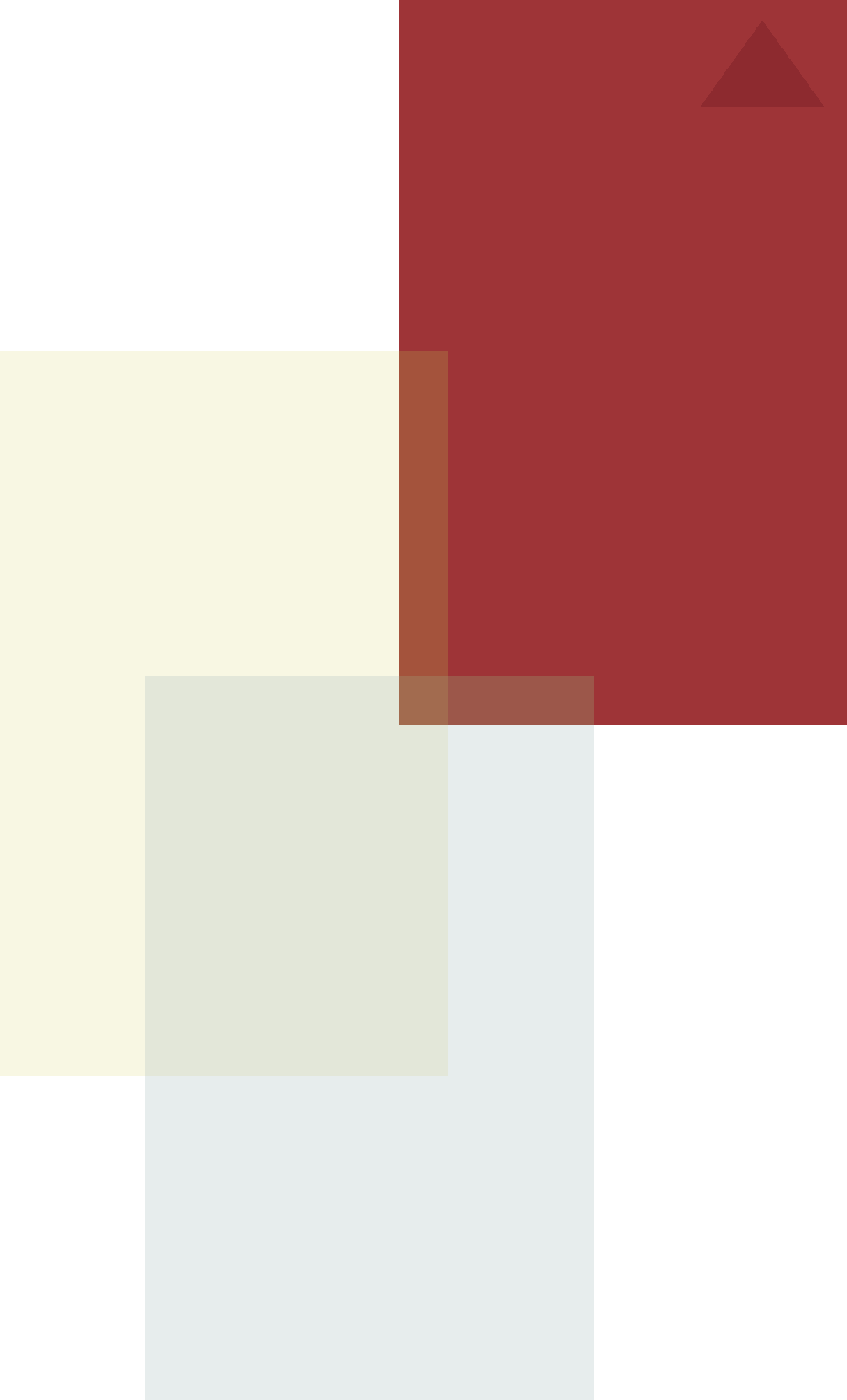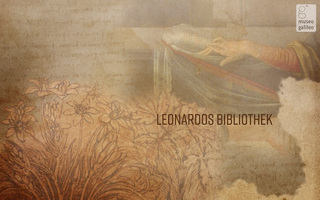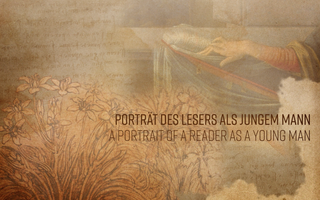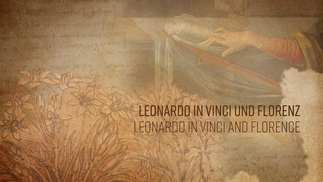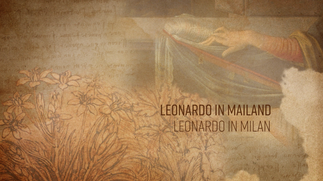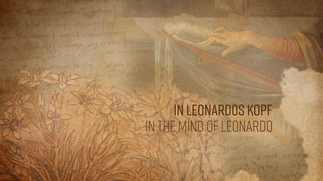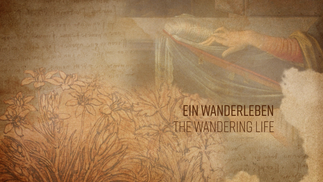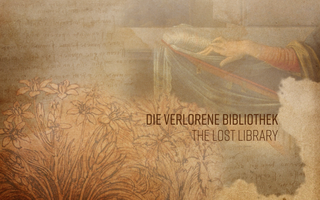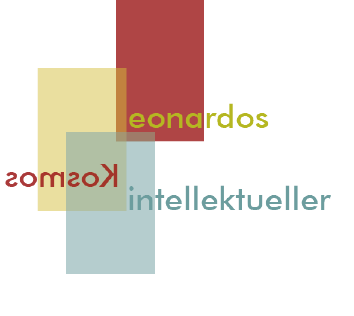
Science as Art, Art as Science <
The painter who depicts something only through practice and judgment of the eye without reason is like a mirror that imitates all things
placed in front of it without recognizing them
Leonardo da Vinci
Codex Atlanticus, fol. 207r. Translation: Elizabeth Hughes
The many and varied technical tasks Leonardo had to master in the service of the Sforzas were closely linked to scientific problems and challenges. But also the practice of the visual arts, especially painting, increasingly required theoretical knowledge and diverse expertise, particularly in the cultivated context of the court. This ranged from questions of optics and mathematical perspective construction to mechanical problems and medical knowledge. Leonardo now tried to learn systematically from the existing fundamental works by ancient authors related to all these disciplines, as well as from medieval sources and a growing number of more recent treatises. He expanded his library with specialist scientific literature and made concentrated and ambitious efforts to learn Latin and deepen his mathematical knowledge. This eventually enabled him to formulate new scientific insights of his own. He had now become an “author” of scientific works in his own right. Other artist-engineers, from Leon Battista Alberti (1404–1472) and Piero della Francesca (ca. 1420–1492) to Albrecht Dürer (1471–1528), also sought to place painting, which at the time was still considered a purely practical craft, on a scientific footing. Leonardo went one step further and elevated painting itself to a science.
Leonardo's Berlin Library: Section 8 <
- 70.
Tetragonismus
Edited by Luca Gaurico. Venice: Giovanni Battista Sessa, 1503
- 71.
Miscellanea
13th c.
- 72.
Prospectiva communis
Edited by Facius Cardanus. Milan: Petrus de Corneno, 1482
- 73.
Opere
1468–1492
- 74.
Summa de arithmetica, geometria, proportioni et proportionalita
Venice: Paganinus de Paganinis, 1494
- 75.
Divina proportione: Opera a tutti glingegni perspicaci e curiosi necessaria
Venice: Paganini de Paganinis, 1509
- 76.
Underweysung der Messung, mit dem Zirckel und Richtscheyt, in Linien, Ebenen unnd gantzen corporen
Nuremberg: Hieronymus Andreae, 1525
- 77.
Fasciculus medicinae. Similitudo complexionum & elementorum
Venice: Johannes and Gregorius de Gregoriis, 1500
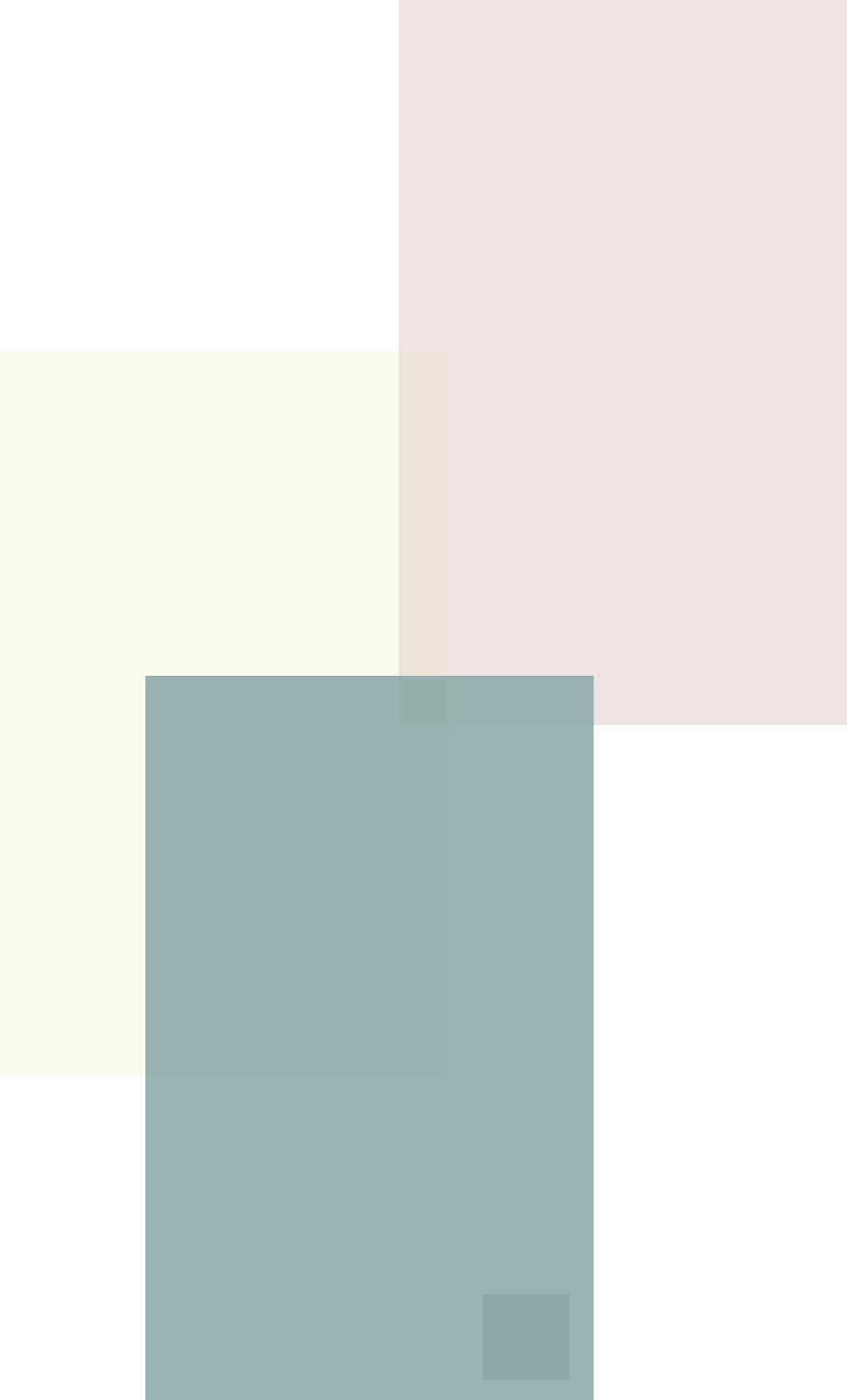 | 72.
Prospectiva communis Edited by Facius Cardanus. Milan: Petrus de Corneno, 1482 |
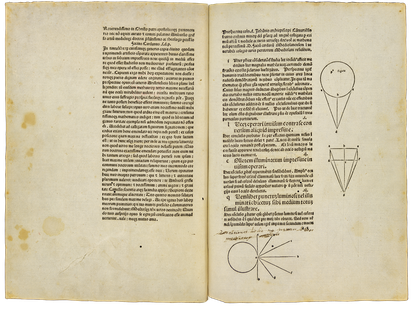
The Prospectiva communis, completed in 1279 by the English Franciscan John Peckham (ca. 1230–1292), is one of the most comprehensive medieval treatises on optics. Leonardo used it as a basis for his own optical experiments (110 ▲). Its sources include the Arab tradition of Alhazen which, in turn, builds on the ancient optics of Euclid and Ptolemy (9 ■). The work was edited in Milan in 1482 by the mathematician Fazio Cardano, who was a personal friend of Leonardo’s. He helped him in the search for rare books and perhaps also with translations from Latin. A glossary among Leonardo’s papers compiled from Peckham’s work, but not in Leonardo’s handwriting, could have been written by Cardano. Elsewhere, Leonardo himself copied down an Italian translation of the introduction to Peckham’s work.
References
Bambach, Carmen C. 2019a. Leonardo da Vinci Rediscovered. Vol. 1: The Making of an Artist 1452–1500. 4 vols. New Haven / London: Yale University Press, 310–311.
Idem. 2019b. Leonardo da Vinci Rediscovered. Vol. 2: The Maturing of a Genius 1485–1506. 4 vols. New Haven / London: Yale University Press, 21–30.
Idem. 2019c. Leonardo da Vinci Rediscovered. Vol. 3: The Late Years 1506–1519. 4 vols. New Haven / London: Yale University Press, 206–211.
Reichman, Ron. 2019. In Leonardo’s Library. The World of a Renaissance Reader, edited by Paula Findlen. Stanford, CA: Stanford Libraries, 175,
no. 46.
Vecce, Carlo, ed. 2019. Leonardo and His Books. The Library of the Universal Genius. Exhibition catalogue Museo Galileo, Florence, 6.6.–22.9.2019. Florence: Giunti, 116 f., no. 11.1, 11.2.
